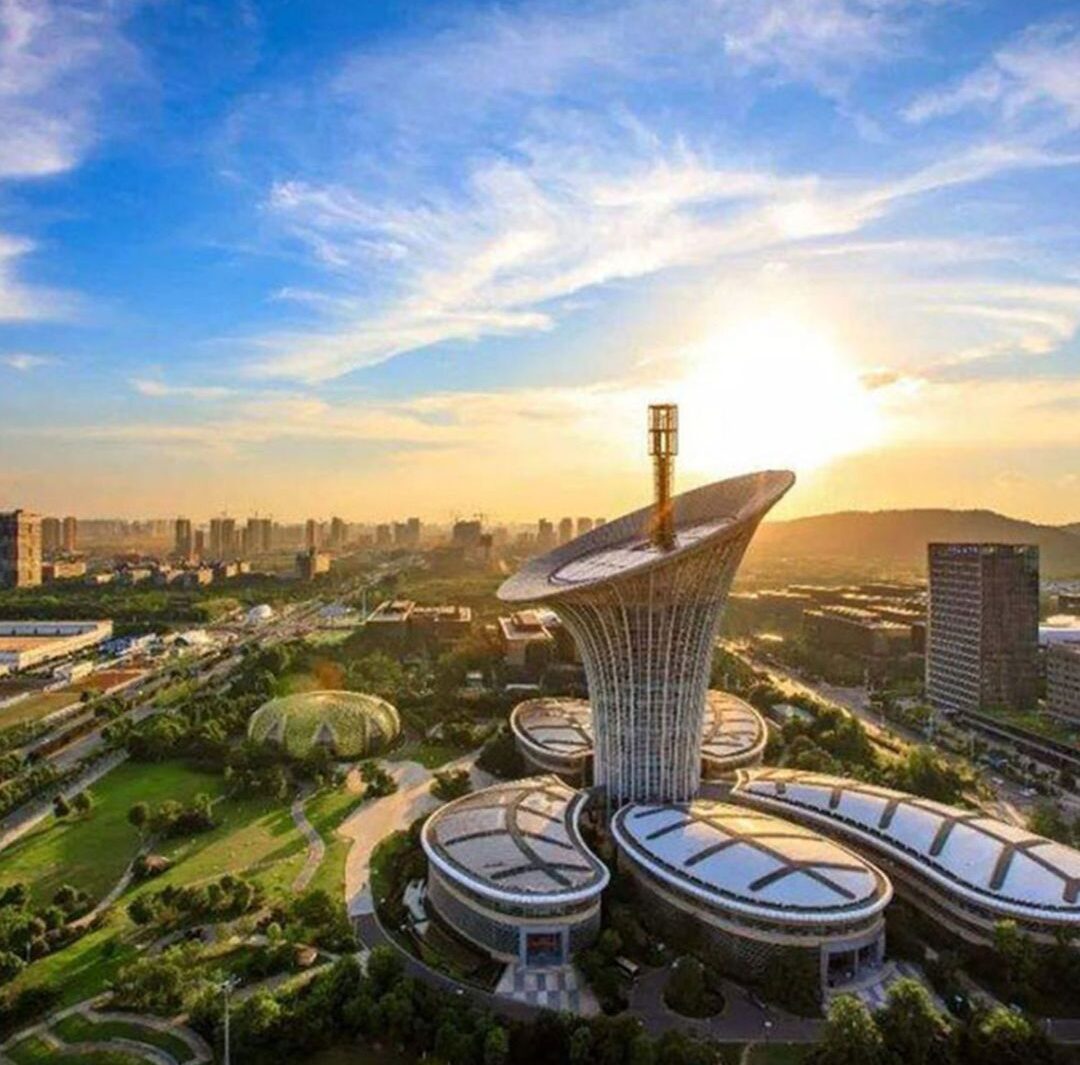India-China Trade Revival Sparks Hope Amid U.S. Tariff Storm
Date: August 14, 2025
By: Indo-Thai News Network
In a bold move to counter escalating U.S. tariff pressures, India and China are cautiously rebuilding economic ties strained by the 2020 Galwan border clash, signaling a strategic pivot that could reshape regional trade dynamics. With U.S. President Donald Trump’s administration imposing a hefty 50% tariff on Indian goods, New Delhi is exploring deeper commercial engagement with Beijing to safeguard its economic interests, a development that holds significant implications for Indo-Thai trade corridors and ASEAN markets.
A Strategic Response to U.S. Tariff Challenges
The Trump administration’s tariffs, effective August 7, 2025, target India’s continued imports of Russian oil, which account for nearly 40% of its crude supply. These measures, coupled with Trump’s provocative claim that India’s economy is “dead,” have pushed New Delhi to diversify its trade partnerships. India’s response includes strengthening ties with BRICS nations, particularly China, its second-largest trading partner after the U.S. In FY24, bilateral trade with China reached $118.4 billion, with India importing $101.74 billion in goods, ranging from electronics to active pharmaceutical ingredients (APIs).
This renewed engagement comes as India faces an $83 billion trade deficit with China, driven by limited export access in sectors like agriculture and pharmaceuticals. To address this, Indian policymakers are considering easing restrictions imposed post-2020, such as tariff barriers, visa curbs for Chinese personnel, and bans on certain Chinese apps. A Finance Ministry proposal advocates for selective relaxation of trade barriers, aiming to boost Chinese investments in joint ventures while protecting local industries from finished goods imports.
Opportunities for Indo-Thai Synergies
The India-China trade revival offers unique opportunities for Thailand, a key ASEAN partner. As India seeks to diversify its supply chains under the “China Plus One” strategy, Thailand could emerge as a complementary hub for manufacturing and exports. For instance, Thailand’s robust electronics and automotive sectors could collaborate with Indian firms relocating production from China, leveraging Thailand’s strategic location and free trade agreements. Indian SMEs, particularly in Tamil Nadu and Gujarat, are pushing for relaxed trade norms with China to access critical components, which could also benefit Thai exporters supplying similar inputs.
Moreover, India’s potential easing of visa restrictions for Chinese workers could inspire similar policies for Thai professionals, fostering trilateral cooperation in infrastructure projects like the India-Myanmar-Thailand Trilateral Highway. The Adani Group’s exploratory talks with Chinese EV giant BYD for battery manufacturing in India could also open doors for Thai firms in the clean energy sector, aligning with Thailand’s push for sustainable development.
Challenges and Cautious Optimism
Despite the thaw, India-China relations remain complex. The 2020 border clash and ongoing territorial disputes cast a long shadow, with India adopting a cautious approach to Chinese investments. The Economic Survey 2023-24 emphasizes encouraging minority-stake joint ventures to balance economic gains with national security. Meanwhile, China’s recent relaxation of urea export curbs to India signals goodwill, potentially easing fertilizer shortages and stabilizing prices for Indian farmers—a move that could indirectly benefit Thai agricultural exporters facing similar global supply constraints.
The U.S. tariff pressure, while a catalyst, complicates India’s balancing act. New Delhi is keen to maintain its strategic partnership with Washington, a key defense and technology ally, even as it negotiates a trade deal to mitigate tariff impacts. Sectors like textiles, gems, and auto components, critical to India’s $87 billion export market to the U.S., face significant risks, with economists estimating a 20–50 basis point hit to India’s FY26 GDP growth. This dual engagement with China and the U.S. underscores India’s commitment to strategic autonomy, a stance that resonates with Thailand’s own non-aligned foreign policy.



